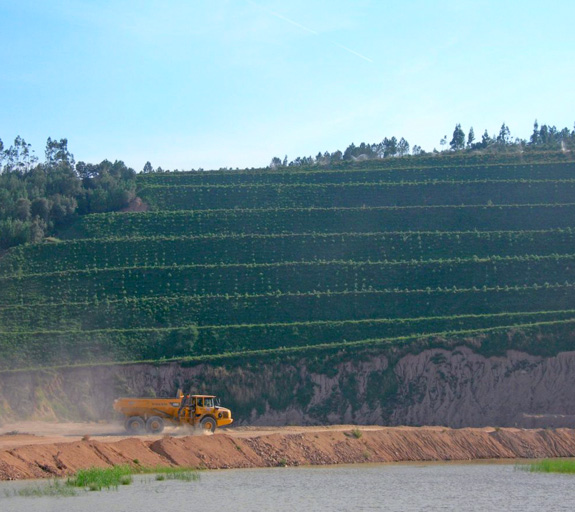A NATURAL PRODUCT
The restoration of quarries, the last stage of a process of exploitation, essential to manufacture a product emerged from Nature

The building of a family home requires an average of 300 tonnes of stone resources, while a building of 30 floors can exceed 6,000. Catalonia needs every year millions of tonnes of mineral resources for the manufacture of cement and in order to have the aggregates and concrete required for the construction of houses and infrastructures. Cement is a product that has its origin in the Nature, which entails the exploitation of quarries. The producing companies are committed to the restoration of the same at the end of its useful life.
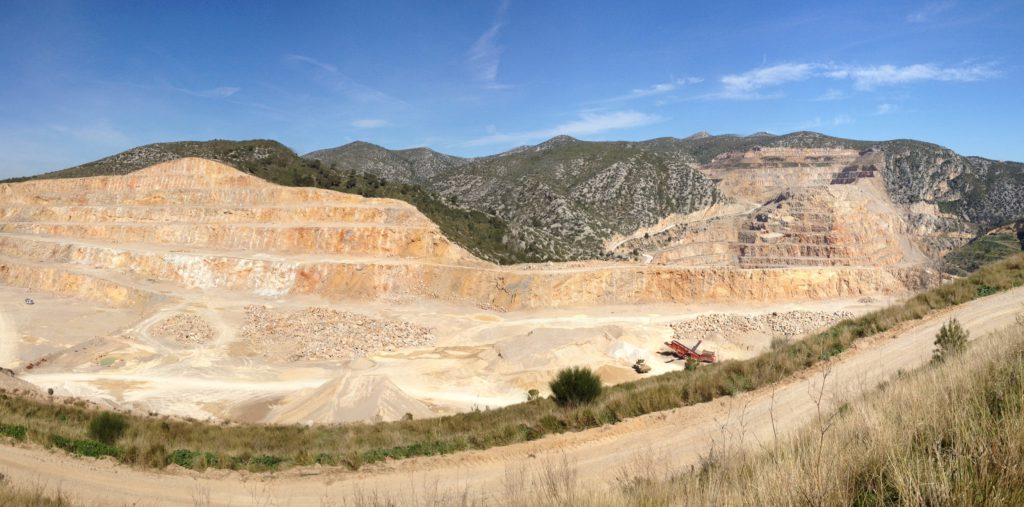
How are mineral resources obtained?
The cement manufacturing process begins with the extraction of raw materials that are found in reservoirs, usually in open pit quarries. The quarries are exploited by controlled blasting, in the case of hard materials such as limestone or slates, while in the case of soft materials (clays and marl) excavators are used for extraction.
Once the material has been extracted and classified, it is crushed and transferred to the factory, through conveyor belts or trucks.
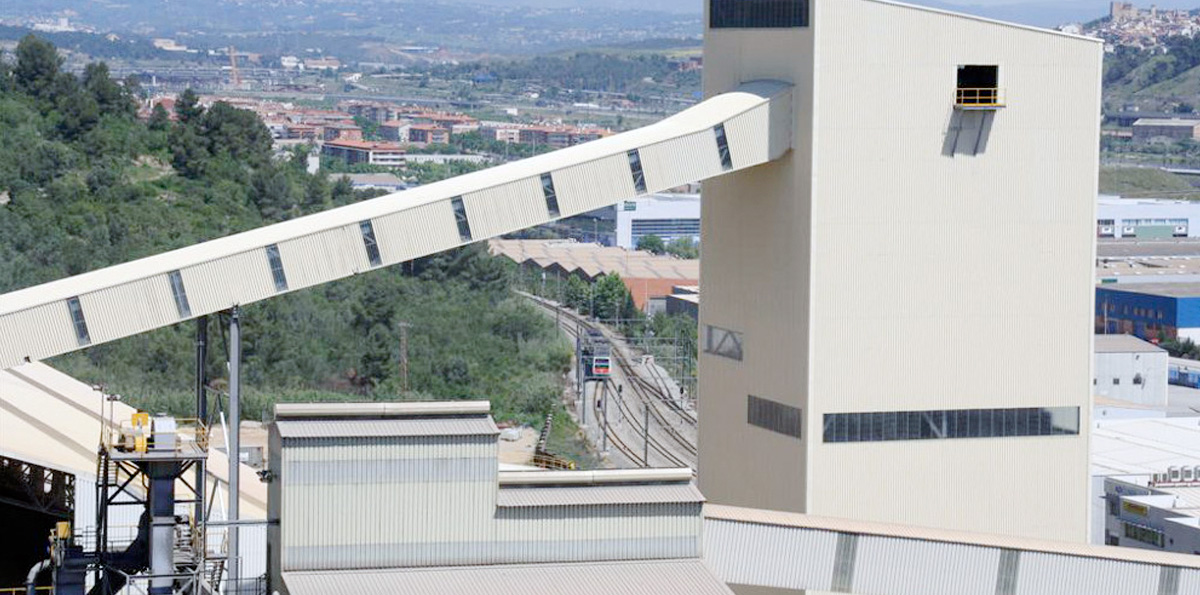
Limestone, cement base
Cement is a basic building material that is obtained from the processing of different materials, such as clinker. That is, cement is the result of grinding clinker along with additions. The basic material to produce clinker is calcium carbonate, which is mostly obtained from limestone or marl, which are a combination of limestone and clay. In addition, the process entails significant consumption of another natural resource: fossil fuels.
In recent years, factories have gained efficiency in the production process, which has reduced the consumption of natural resources per tonne of product.
Minimization of environmental impacts
The quarries – the embryo of modern societies today – possess an enormous natural value that deserves to be preserved and valued. For that reason, extractive companies – cement factories, concrete plants, ceramic industries, etc. – have committed, as required by legal regulations, to minimize environmental impacts and restore the quarries once their activity ends, to reintegrate them to their natural environment or to give them other uses.
Some examples of actions to minimize these environmental impacts:
- Optimization of the use of available water
- Frequent irrigation of facilities to reduce diffuse dust emissions
- Transport of raw materials with covered conveyors belts to the factory, to avoid generation of dust
- Integrated restorations with native plant species and diversity promotion
- Exploitation of land movements generated by extractive activity to restore already exploited sites
- Micro-planting with native species
- Control and programmed blasting, to prevent disturbance from vibrations in nearby populations
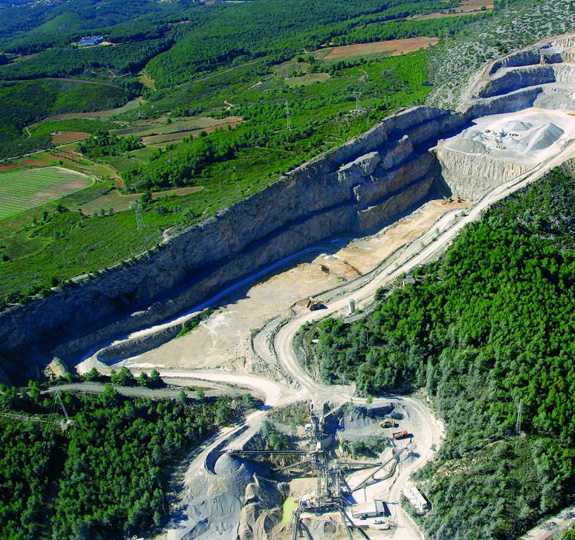
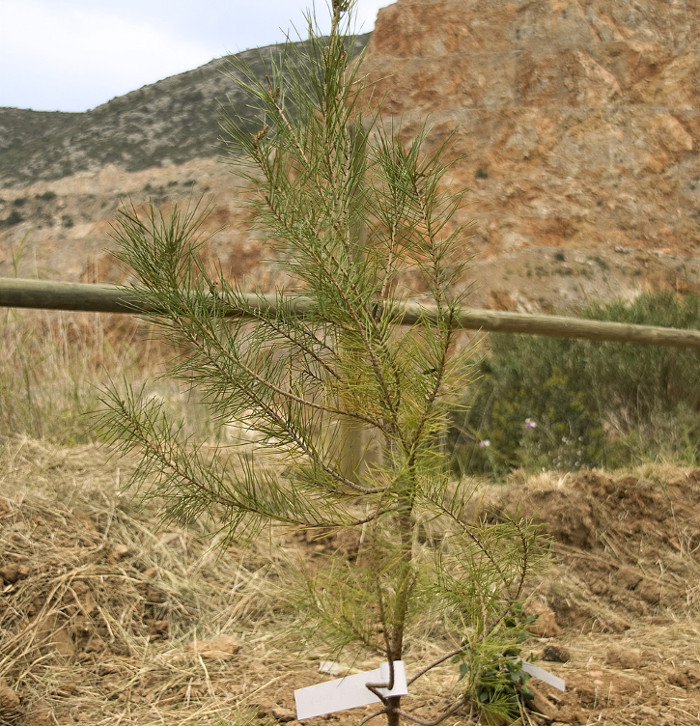
Quarry Restoration Plans
To minimize the environmental impacts derived from the exploitation, an integrated restoration plan is defined, which consists of rehabilitating areas as their exploitation ceases, although the extractive activity continues around them.
Quarry restoration projects are long-term, since their exploitation lasts for many years. These projects take into account different previous studies on the conditions of soils, plant species and landscaping.
Restorations allow the recovery of affected land for new forestry, agricultural, industrial or service uses. In some cases, the natural environment of the restored surfaces may be even better than the one existing prior to the exploitation, thanks to the thorough techniques employed.
The quarries are protected by administrative concessions that define its limits, the exploitation program and the restoration plan. According to state legislation (RD 2994/1982) and Catalan legislation, which was the first to regulate the recovery of quarries through Law 12/1981 and Decree 343/1983, all cement companies develop plans for restoration of the spaces Affected by their holdings.
EcoQuarry, a success story
The four companies associated with Ciment Català, as well as seven other companies in the aggregates sector, have participated in an innovative quarry restoration project called EcoQuarry, which has been financed with European funds from the Life environmental programs.
The main objective of the project was to implement the best available techniques in a wide range of locations representative of the Mediterranean conditions.
With EcoQuarry it was possible to regenerate similar or even more diverse natural systems than those of its environment in which no extractive activity had ever been carried out. The program reintroduced different types of plant species:
- Commercial species
- Non-commercial autochthonous species
- Plantations
The experience allowed us to establish quality controls with the aim of optimizing restorations in the future.
